CNO Roundtable 2022
How Things Have Changed and Where They’re Going Next
Innovation, staffing challenges, and a growing need to support nurse resiliency
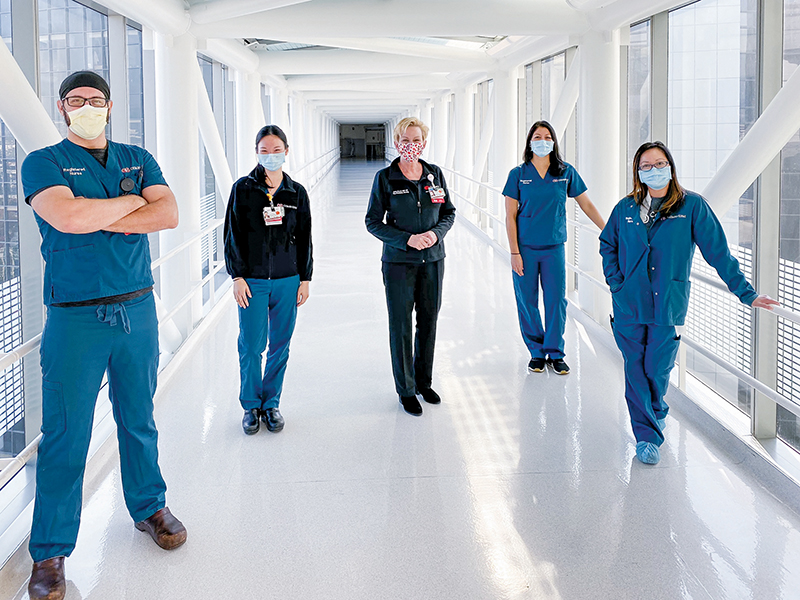
How have the many changes in the healthcare landscape shaped nursing leadership — and what do you anticipate for nursing in the next decade?
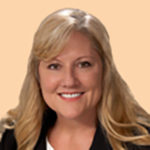 Elizabeth Adams, Kaiser Permanente Downey Medical Center
Elizabeth Adams, Kaiser Permanente Downey Medical Center
Historically, healthcare organizations didn’t have clinical informaticists. Now, we can’t operate without them. Also, our aging population means today’s nurse leaders must have strong financial acumen to effectively manage the cost of care. The nurse leader’s relationship with the chief financial officer is more important than ever.
During the pandemic, we witnessed nurses applying incredible innovation, which has paved the way for nurses to shape the future of healthcare delivery. I believe we will see more nurse entrepreneurs, more practice autonomy and greater utilization of technology in the delivery of care.
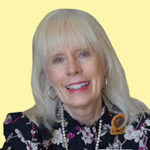 Lori Burnell, Valley Presbyterian Hospital
Lori Burnell, Valley Presbyterian Hospital
A significant change in the practice landscape is the mutual respect between nurses and physicians. Back in the day, it was an unwritten rule that nurses should vacate their chairs or stand at attention at the foot of a patient’s bed when a physician walked into the room. Now, nurses and physicians are more collaborative and have ongoing communication about patients.
After the shock of the pandemic settles, many frontline nurses will seek positions away from the bedside: launching startup businesses, elevating their skills and shifting to advanced practice roles or exploring jobs like legal nurse consulting. Telehealth will also become a viable career option for nurses who desire to work remotely.
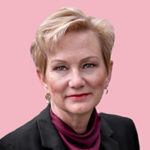 Anita Girard, Cedars-Sinai
Anita Girard, Cedars-Sinai
Healthcare today requires constant innovation and teamwork. Nursing leadership must be incredibly flexible and fearless. Due to the pandemic, units keep changing, staffing models remain in flux and mandates at the state and national level add to the ever-shifting landscape.
We need to start planning for the innovations that will be required in the COVID-19 recovery phase, including genomic treatments, utilizing artificial intelligence to enhance staffing, and increased use of robotics in logistical areas like supply chain management and medication delivery.
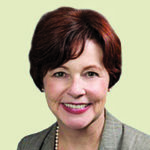 Karen A. Grimley, UCLA Health/UCLA School of Nursing
Karen A. Grimley, UCLA Health/UCLA School of Nursing
Today’s nurse leader must be nimble and willing, and must build space for nurses to heal. The two-year adrenaline rush of the pandemic has taken an emotional and physical toll, and the once-resilient nursing workforce is now fragile. Special attention to workforce wellness will be crucial to healing the wounds caused by the pandemic.
I fear that COVID-19 will result in an exodus from the bedside. Many nurses appear to be holding on to get the country through the pandemic with the intention of resigning or retiring shortly thereafter.
To avert the projected staffing crisis, it is imperative that we maintain a safe and healthy work environment and acknowledge and take action on systemic issues that threaten health equity, diversity and inclusion.
 Ceonne Houston-Raasikh, PIH Health Downey Hospital
Ceonne Houston-Raasikh, PIH Health Downey Hospital
Historically, nursing leaders were expected to have a laser focus on day-to-day operations, bedside nursing and patient care. Leadership today requires more agility: The CNO must be a strategic, forward-thinking change agent.
Nursing leaders need solid business acumen and must be able to contribute and lead not just within the nursing arena, but across the entire healthcare landscape. I think we’ll see a shift from hospital-based care to a home-based model, with more traditional nursing roles shifting from onsite to remote.
New hospitals will have reduced bed capacity, but more flexibility to expand as needed. We have already started to see hospitals designed with features like parking garages and lobbies that can be converted to care areas.
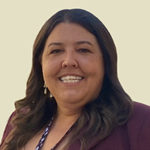 Katie Hughes, Casa Colina Hospital & Centers for Healthcare
Katie Hughes, Casa Colina Hospital & Centers for Healthcare
The biggest change I’ve experienced as a leader is in the workforce we serve. Employee priorities have changed: Work-life balance, opportunities for advancement and a sense of belonging are values that resonate with today’s nurses more than in the past. As a leader, it is important to create a place where nurses want to work, have a sense of purpose and feel like they belong.


 Evelyn Ku, Henry Mayo Newhall Hospital
Evelyn Ku, Henry Mayo Newhall Hospital Joyce Leido, Kaiser Permanente Los Angeles Medical Center
Joyce Leido, Kaiser Permanente Los Angeles Medical Center Jinhee Nguyen, Adventist Health Glendale
Jinhee Nguyen, Adventist Health Glendale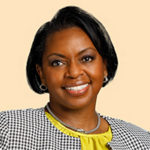
 Chiarina Piazza, West Coast University
Chiarina Piazza, West Coast University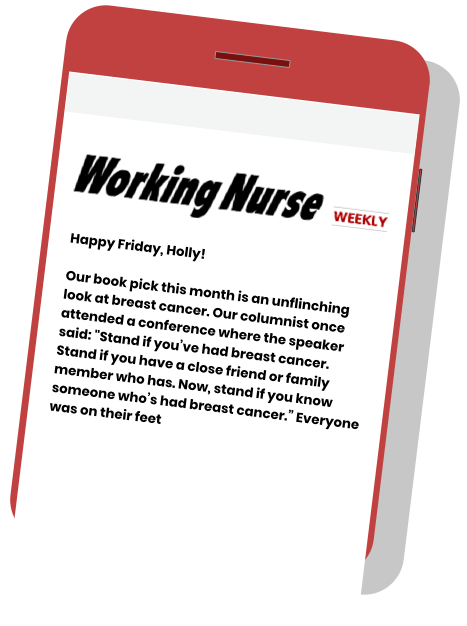
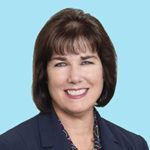 Ramona Pratt, PIH Health Whittier Hospital
Ramona Pratt, PIH Health Whittier Hospital Gloria Sanchez-Rico, Huntington Hospital
Gloria Sanchez-Rico, Huntington Hospital Darlene Scafiddi, Pomona Valley Hospital Medical Center
Darlene Scafiddi, Pomona Valley Hospital Medical Center Linda Soubirous, Loma Linda University Medical Center – Murrieta
Linda Soubirous, Loma Linda University Medical Center – Murrieta Lauren Spilsbury, Redlands Community Hospital
Lauren Spilsbury, Redlands Community Hospital Sarah Stevens, California Rehabilitation Institute
Sarah Stevens, California Rehabilitation Institute
